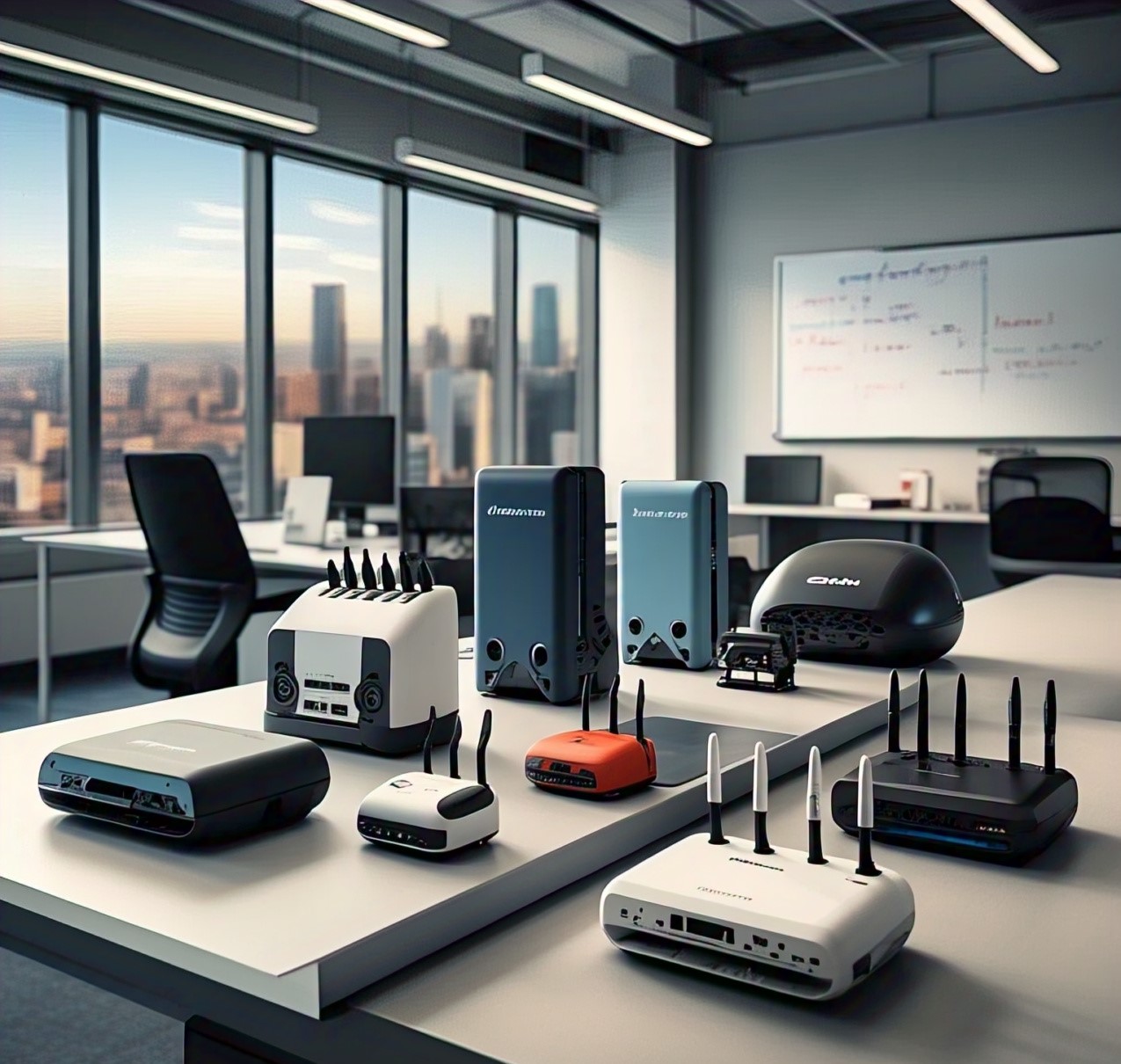
Choosing the right router ensures fast, reliable internet connectivity for your home or office. Here’s a structured guide to help you pick the best router for your needs:
Determine Your Usage Requirements
Home Use:
Streaming, browsing, and smart home devices.
Gaming/4K Streaming:
Low latency, high bandwidth, and Quality of Service (QoS) prioritization.
Small Business:
Multiple users, VPN support, and advanced security.
Large Spaces:
Mesh Wi-Fi systems for seamless coverage.
Types of Routers
Wireless Routers:
Single-Band (2.4 GHz): Budget-friendly but slower; prone to interference.
Dual-Band (2.4 GHz + 5 GHz): Balances speed and range (ideal for most homes).
Tri-Band (5 GHz + 5 GHz + 2.4 GHz): Reduces congestion for high-device households.
Wired Routers:
Ethernet-only; ideal for stable connections (e.g., gaming PCs).
Mesh Routers:
Multiple nodes for whole-home coverage (e.g., Google Nest, Netgear Orbi).
Gaming Routers:
Prioritize traffic for low latency (e.g., ASUS ROG Rapture).
Key Features to Consider
Wi-Fi Standards:
Wi-Fi 5 (802.11ac): Up to 3.5 Gbps; good for most users.
Wi-Fi 6 (802.11ax): Faster speeds, better device handling (future-proof).
Wi-Fi 6E: Adds 6 GHz band for minimal interference (premium).
Speed Ratings:
AC1200–AC3000: Entry-level to mid-range.
AX3000–AX11000: Wi-Fi 6/6E for heavy usage.
Coverage Area:
Check square footage (e.g., 1,500 sq. ft. for a mid-sized home).
Security:
WPA3 encryption, firewall, and automatic updates.
Ports:
Gigabit Ethernet: For wired devices (4+ ports recommended).
USB Ports: For shared storage/printers.
MU-MIMO & Beamforming:
Enhances speed for multiple devices.
Budget Considerations
Budget (<$100): Basic dual-band routers (e.g., TP-Link Archer A7).
Mid-Range (100–250): Wi-Fi 6 routers (e.g., ASUS RT-AX55, Netgear Nighthawk AX2400).
Premium (250–500): Mesh systems or gaming routers (e.g., ASUS RT-AX86U, Eero Pro 6).
Enterprise (>500): Business-grade routers with VPN and advanced security.
Top Brands & Reliability
Affordable: TP-Link, Linksys.
Performance: ASUS, Netgear, Synology.
Mesh Systems: Google Nest, Eero, Deco.
Gaming: ASUS ROG, Netgear Nighthawk.
Setup & Customization
User-Friendly Apps: Look for easy setup (e.g., Google Home, Eero app).
Parental Controls: Block content or set screen time limits.
QoS Settings: Prioritize devices (e.g., gaming PC or streaming box).
Guest Networks: Keep visitors on a separate network.
Example Recommendations
Basic Home Use: TP-Link Archer AX10 (Wi-Fi 6 under $100).
Gaming: ASUS ROG Rapture GT-AX6000 (dual 2.5G ports, low latency).
Large Home: TP-Link Deco XE75 (Wi-Fi 6E mesh system).
Small Business: Ubiquiti UniFi Dream Machine (VPN, security, and scalability).
Final Tips
Placement: Central location, away from obstructions and interference (e.g., microwaves).
Firmware Updates: Enable automatic updates for security patches.
ISP Compatibility: Ensure the router supports your internet plan’s speed (e.g., gigabit-ready).
Future-Proofing: Opt for Wi-Fi 6/6E if upgrading soon.
By aligning your usage, budget, and space requirements, you’ll find a router that delivers fast, stable, and secure connectivity. 🌐🔌
